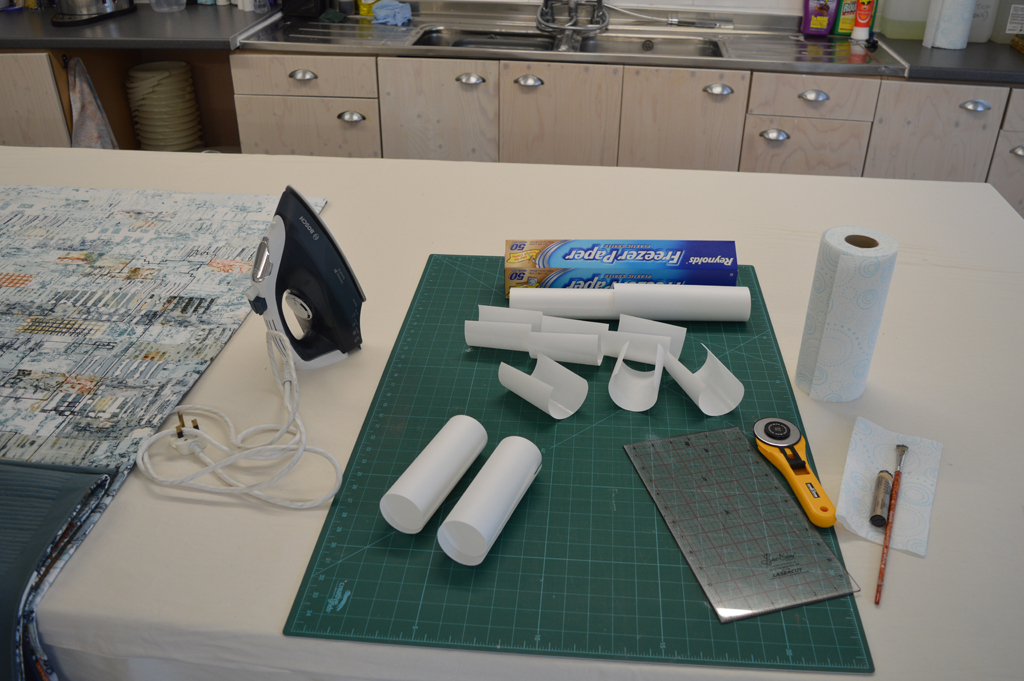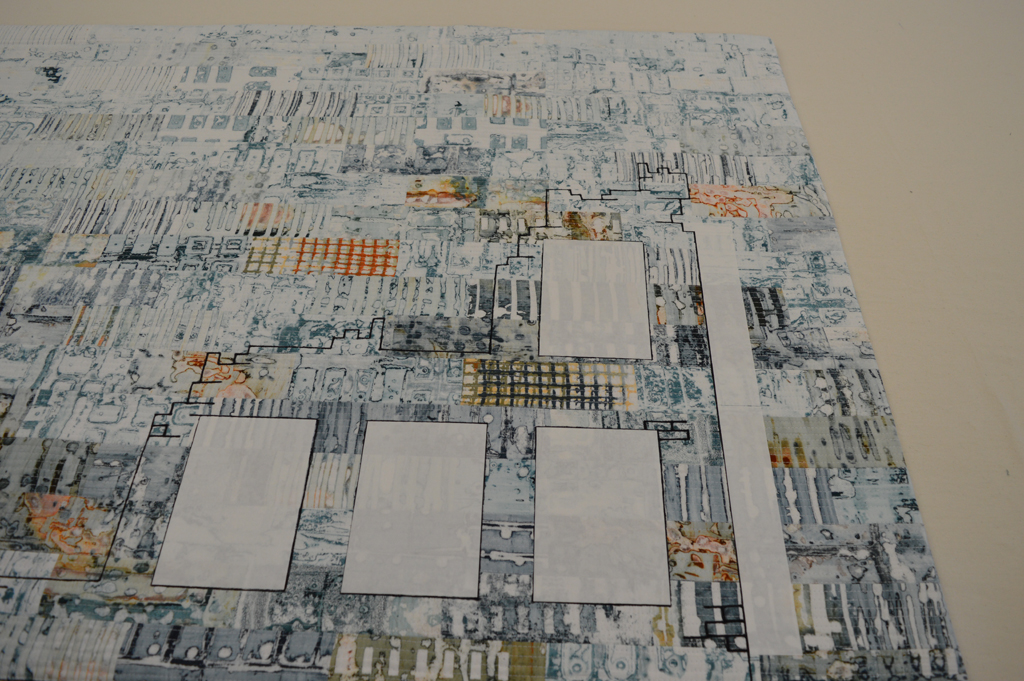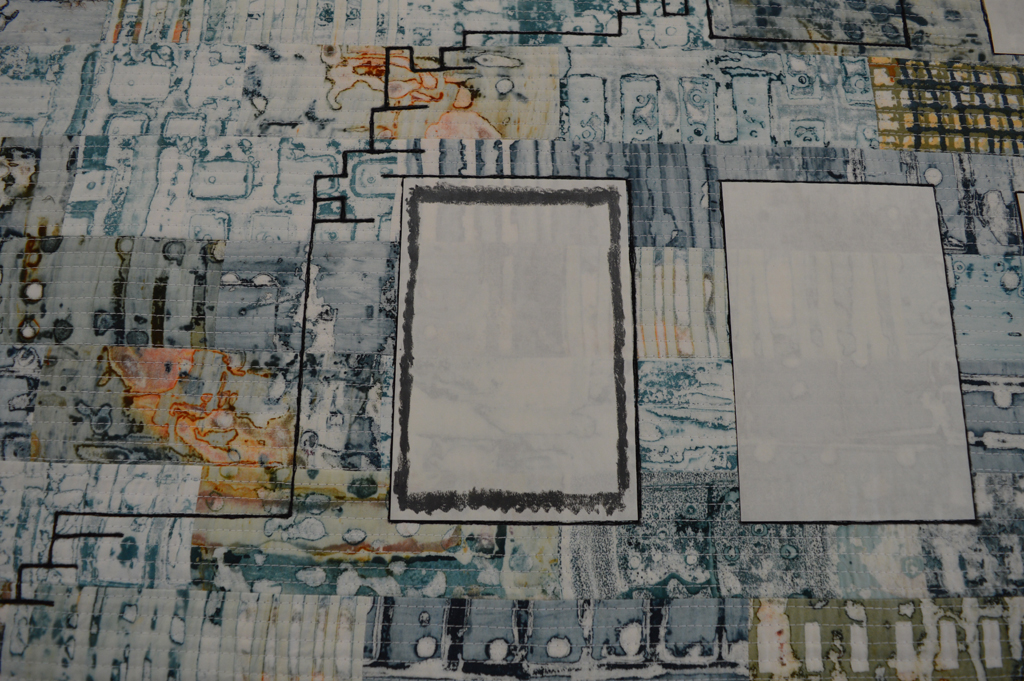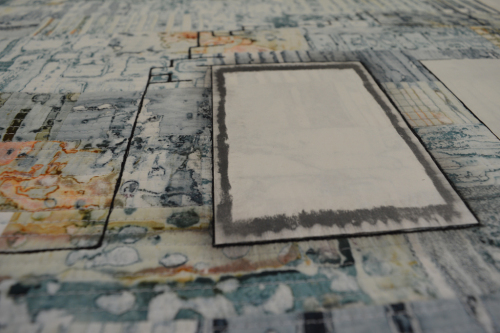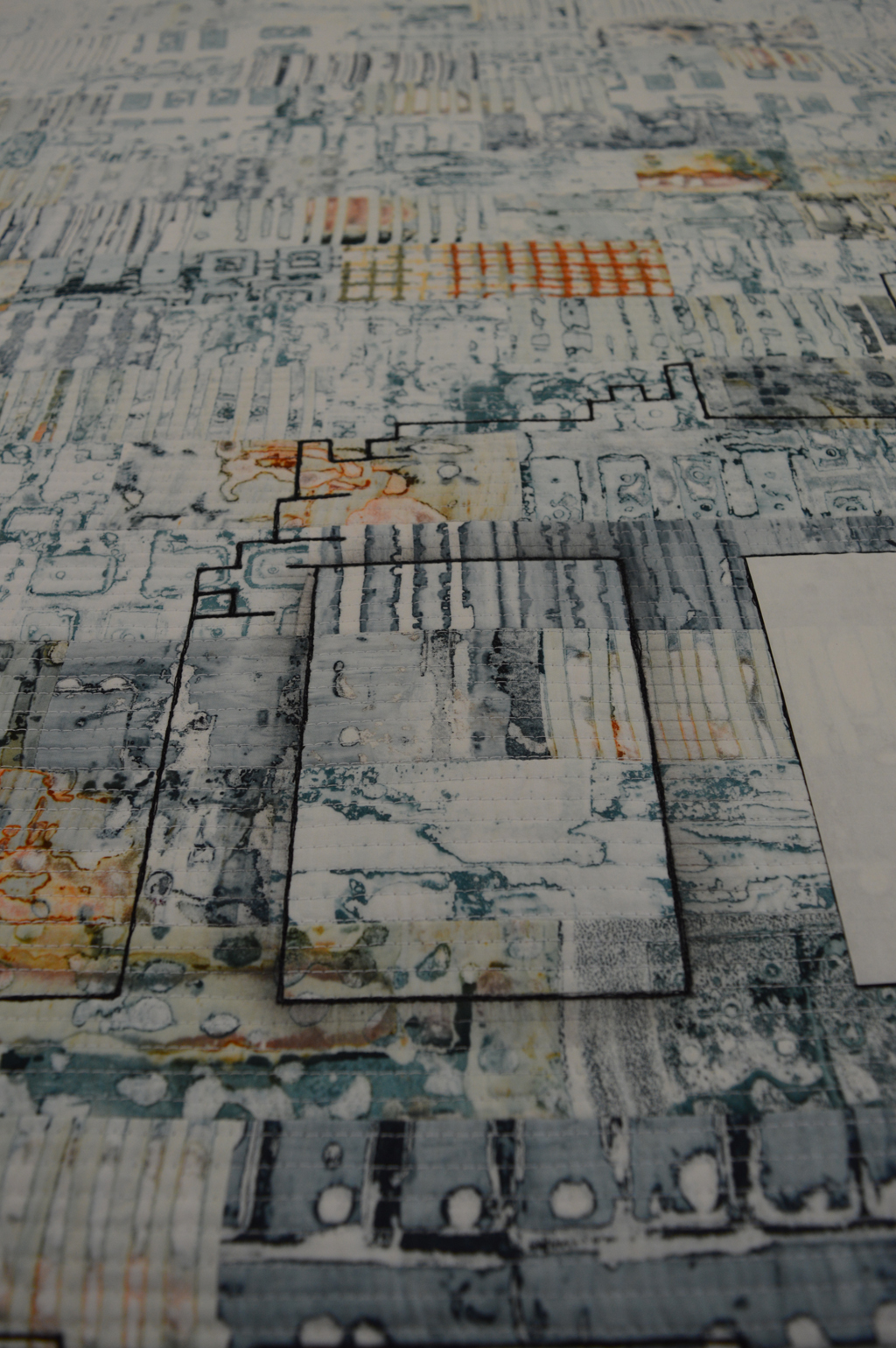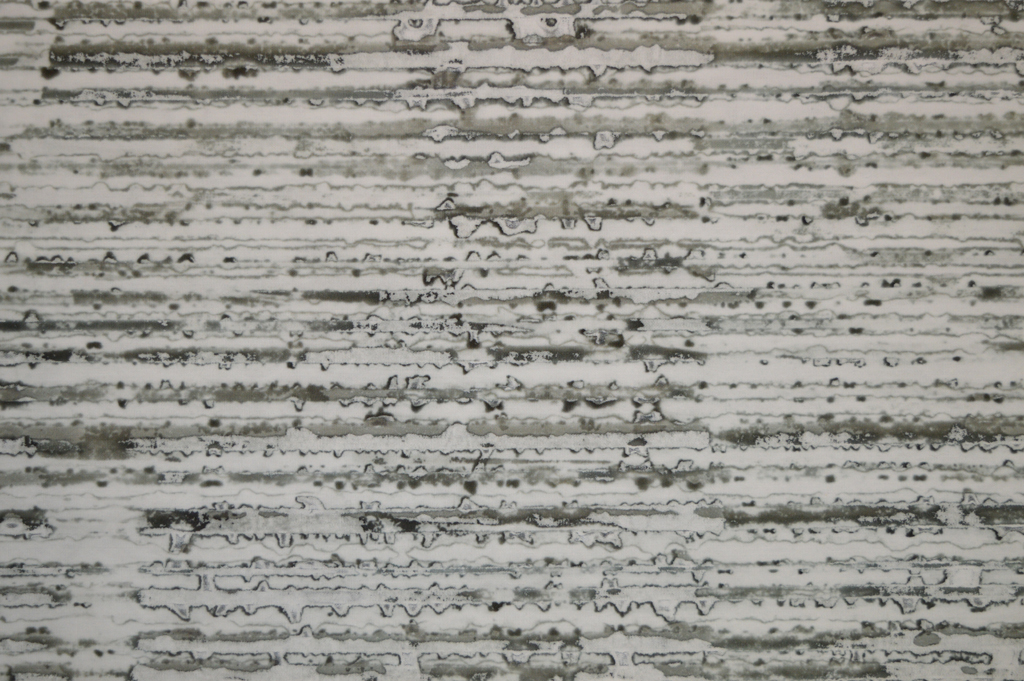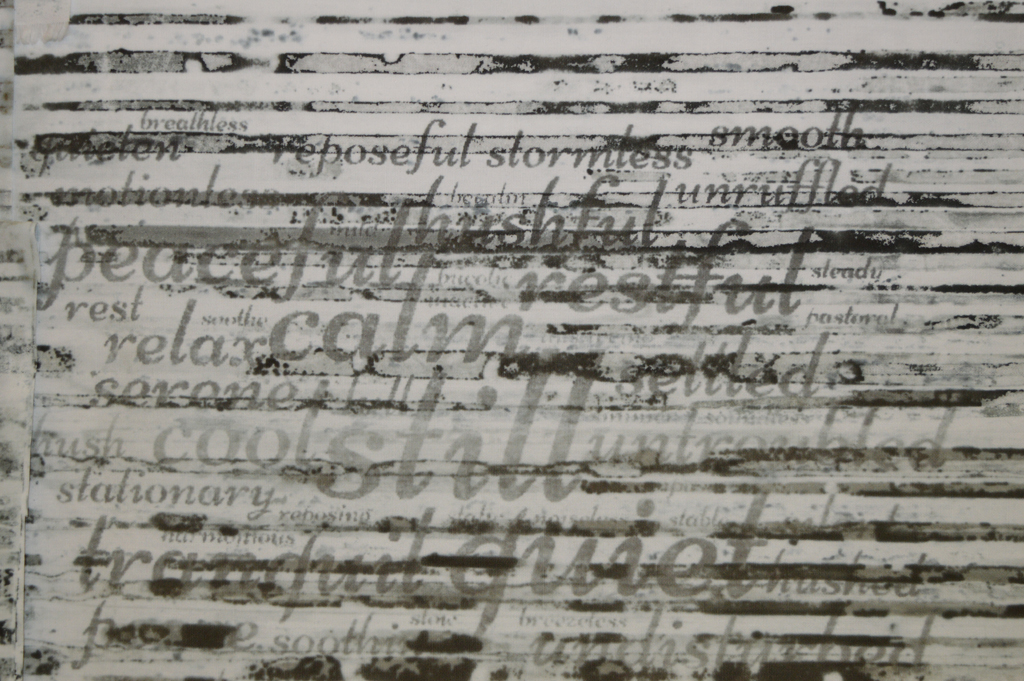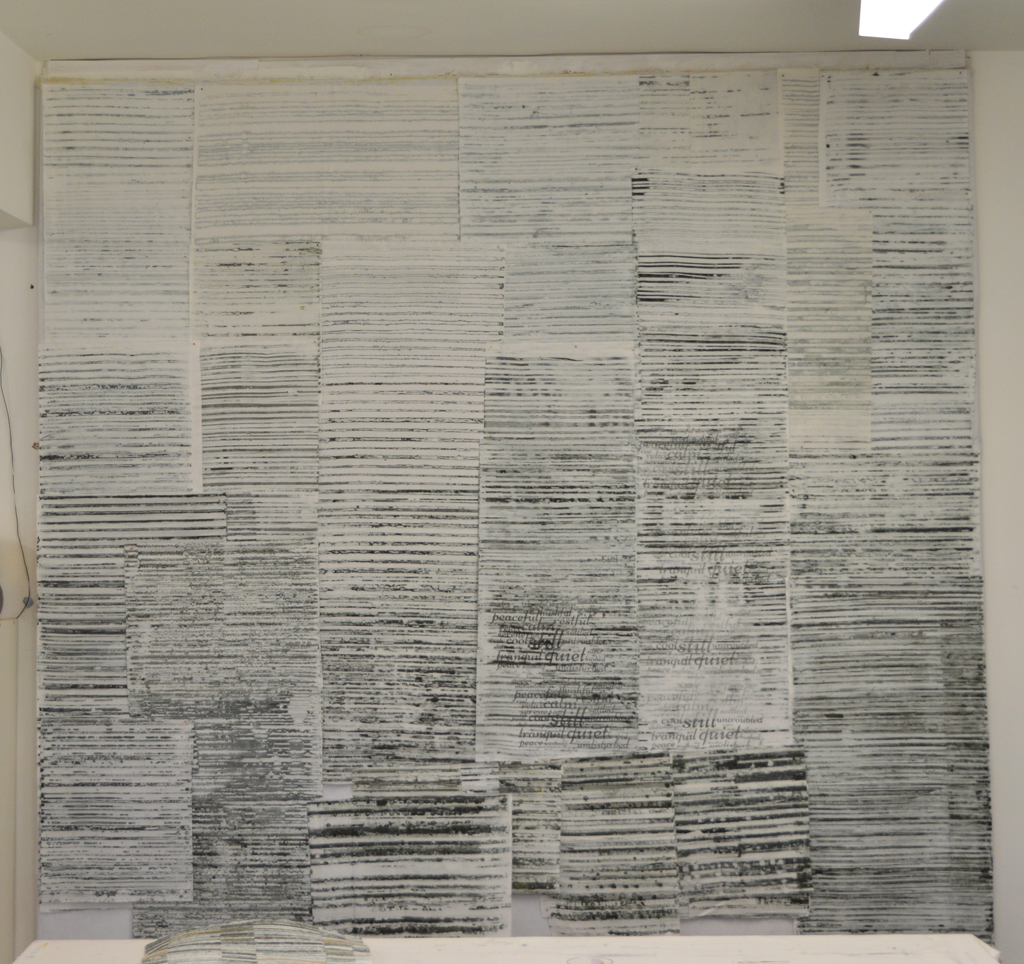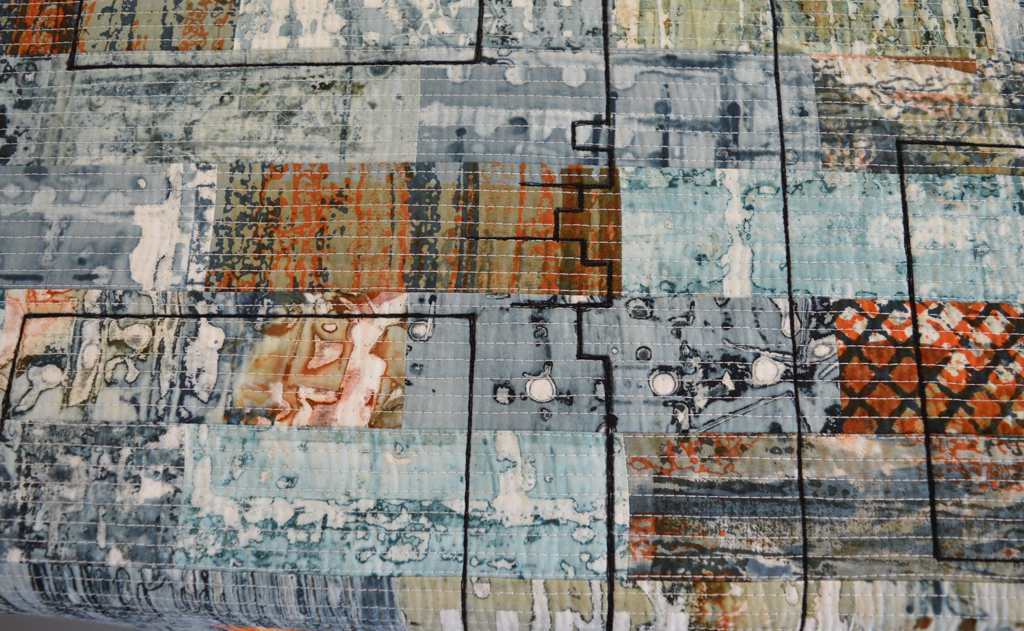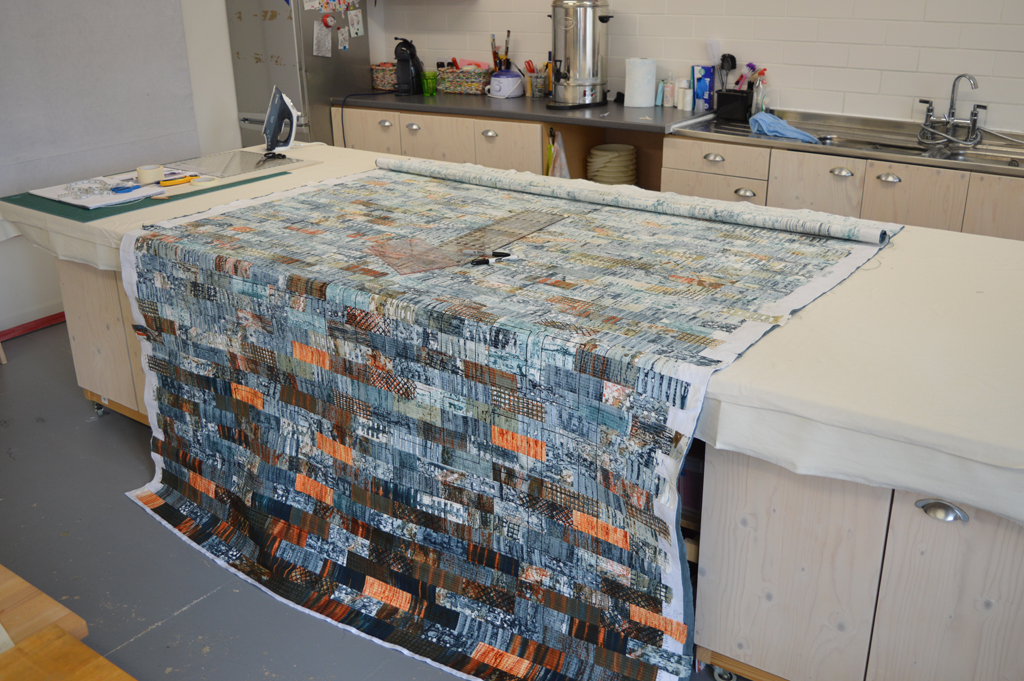I have a confession to make - I have let 'being kind to myself' because I started a new day job 5 weeks ago slide into procrastination. Now I don't mind 'value added' procrastination such as deep cleaning the studio before starting a new project. But I have been guilty of non-value added procrastination .... did I really, really need to finish watching all those Walking Dead boxed sets? Hmm - probably not!
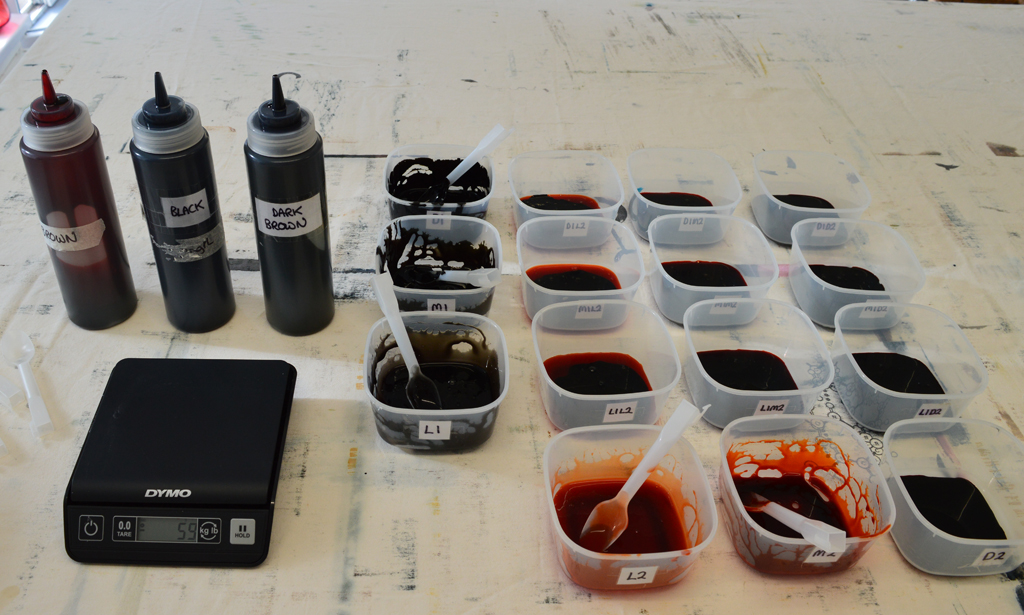
So how am I going to get back into a good studio habit? I'm going to do one of those things that I love most of all. I am going to develop new colour families. I have had a BIG IDEA brewing for a while and have decided that now is the time to start working on it. Inevitably (as with the colour family I mixed this week) I will waste quite a lot of dye and cloth before I get something that replicates the colours in my head. However I always keep good records of everything I mix so, in one sense, nothing is wasted. And yes I always uses scales to make sure my colour families are reproducible.
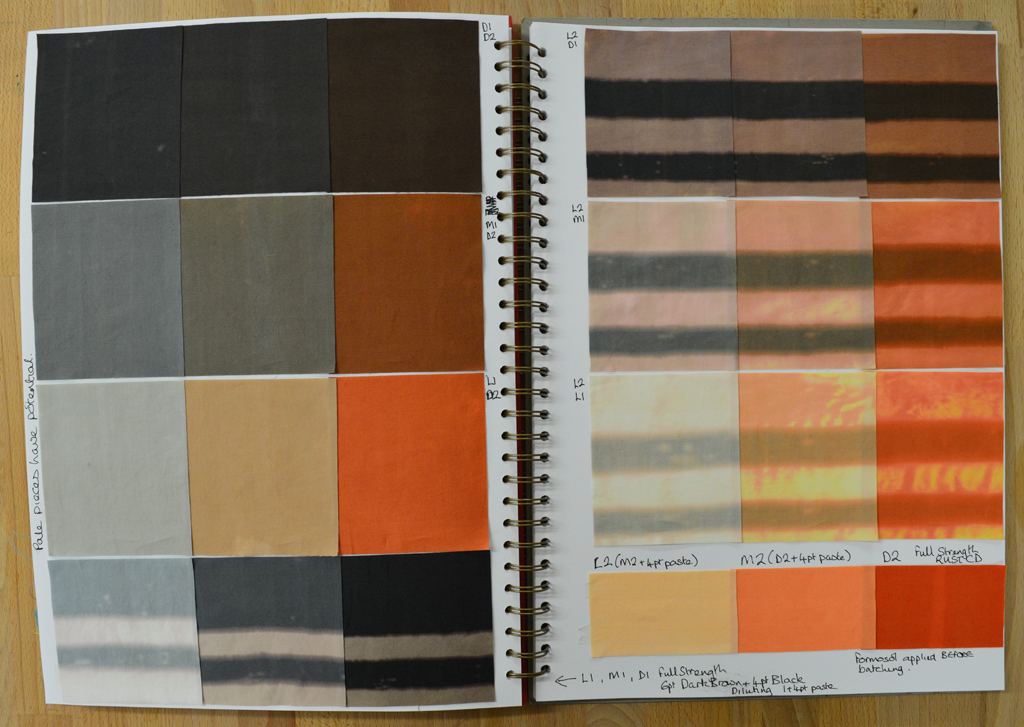
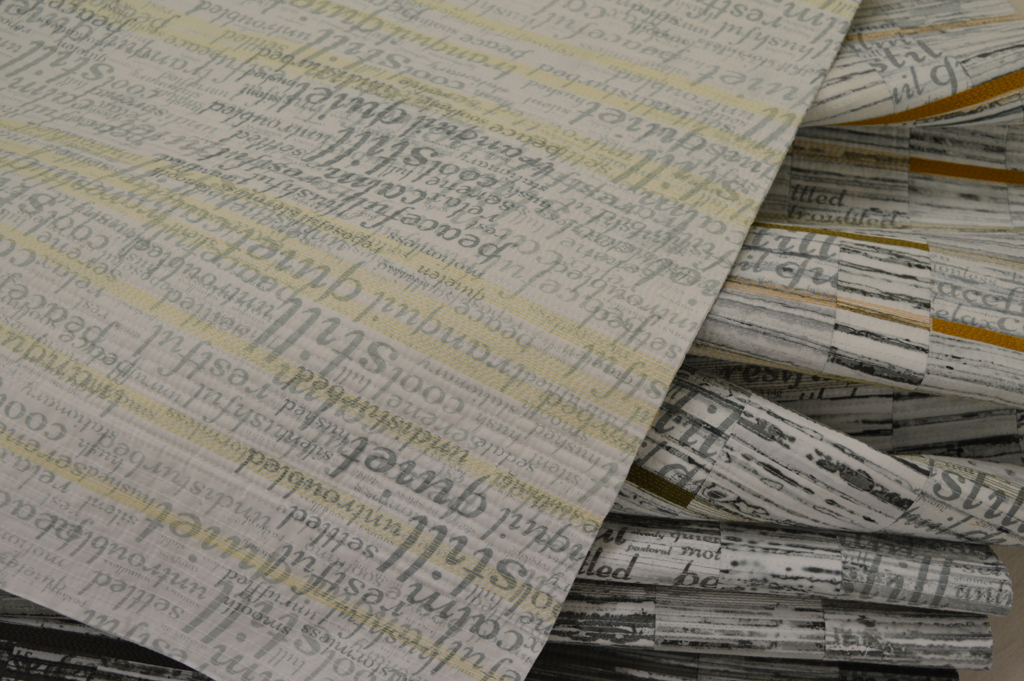 When I needed to photograph a really big Ruins piece in August I ended up borrowing a studio and some lighting. (The design walls in my wonderful studio just weren't big enough.) And whilst I was happy with the result it was a lot of effort to 'book' the studio, transport the quilt etc. So, with help from son
When I needed to photograph a really big Ruins piece in August I ended up borrowing a studio and some lighting. (The design walls in my wonderful studio just weren't big enough.) And whilst I was happy with the result it was a lot of effort to 'book' the studio, transport the quilt etc. So, with help from son 
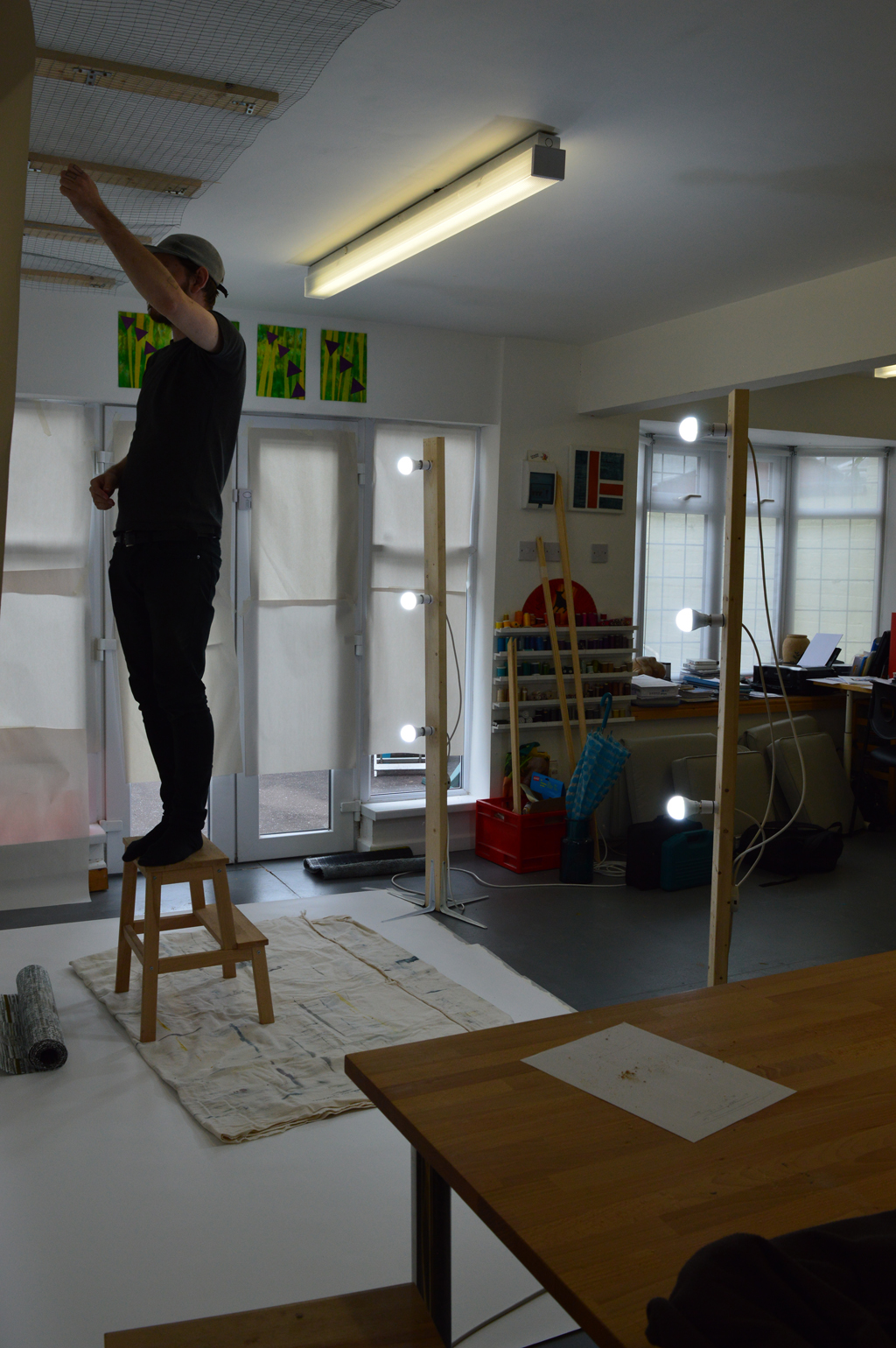
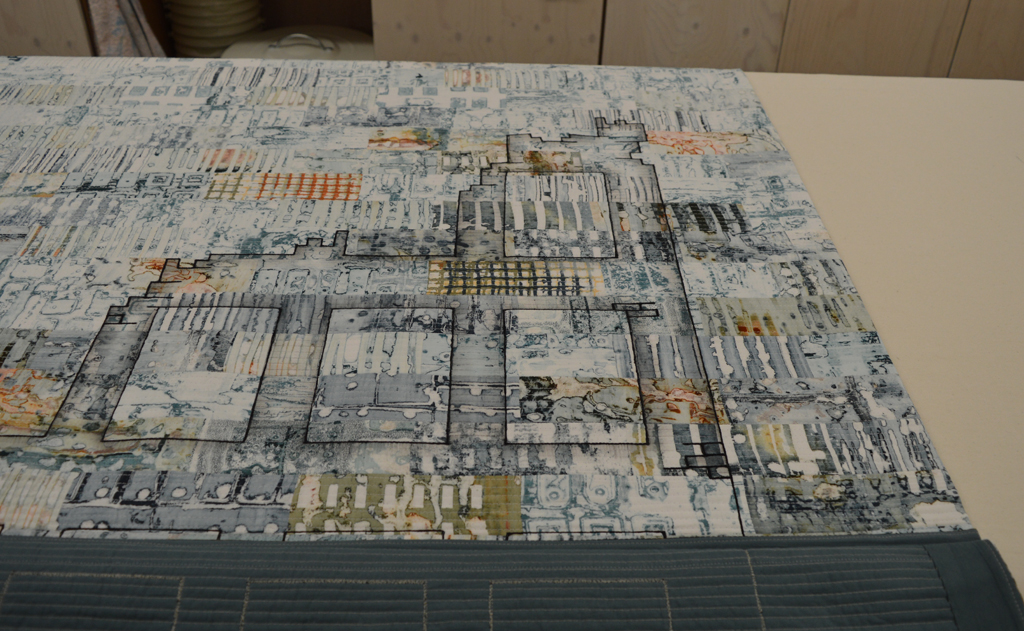 It is scary stuff adding colour to a piece that I have already invested hours and hours of my time in but it needed to be done. I was not happy with the piece and would probably have filed it in the bin so what did I have to loose? But it has been a long time since I added colour to a finished piece so I spent a pleasant morning trying different types of media and different application techniques on some small Ruins samples. I chose a Markal oil stick and yesterday started applying colour to Ruins 7.
It is scary stuff adding colour to a piece that I have already invested hours and hours of my time in but it needed to be done. I was not happy with the piece and would probably have filed it in the bin so what did I have to loose? But it has been a long time since I added colour to a finished piece so I spent a pleasant morning trying different types of media and different application techniques on some small Ruins samples. I chose a Markal oil stick and yesterday started applying colour to Ruins 7.